Jake
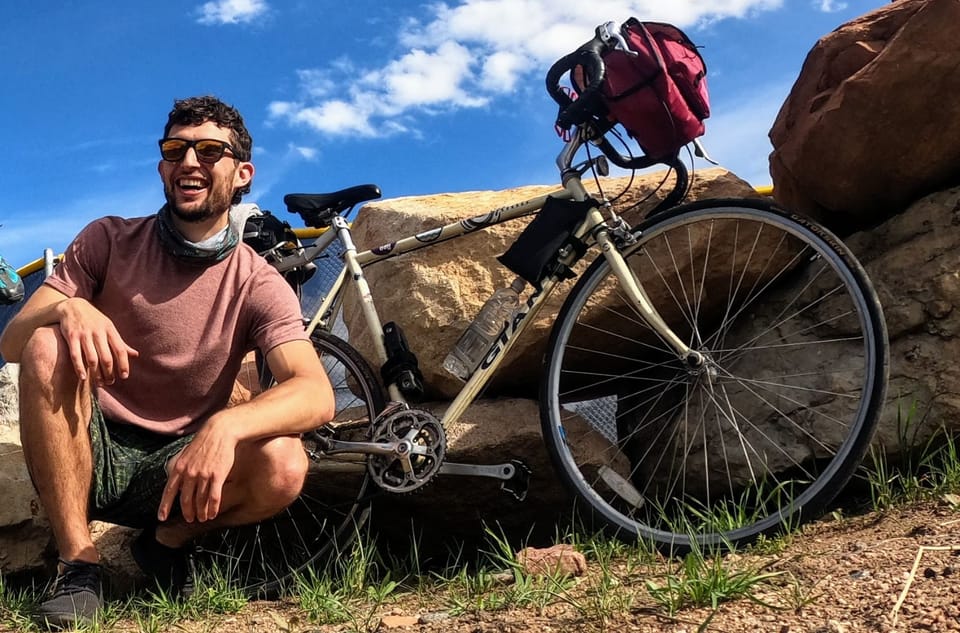
The following is a transcript of a recorded interview with Jake Pelton from this morning after the Espresso Express. Jake is a national treasure.
CZ: All right, we're rolling. We're here with Jake Pelton. Jake, tell us a little bit about yourself and how you got into biking.
JP: Like most people, I grew up riding bikes, but then there was that phase where you get your license, start driving, and the bike collects dust in the garage. Fast forward to after college—I moved to Denver and started biking more. It hit me how liberating it was to move around the city by bike, how fun it was. My car got totaled while it was parked, so I suddenly found myself without a car. I chose not to replace it and really adopted a bike-first lifestyle. It was eye-opening, a blessing in disguise. I missed my car for road trips, but biking for most of my daily needs was freeing. I started to realize how much you can do by bike, how much you can carry, and how fun it is. From there, I thought, "How can I help get more people on bikes and show them that this lifestyle is possible?"
CZ: So your car got totaled, and you ended up biking by default—and fell in love with it?
JP: Exactly.
CZ: What do you use to carry stuff on your bike? Do you have a basket? Bags? A cargo bike?
JP: At first, it was just a backpack. In Denver, I got away with throwing things in my backpack. Eventually, I got a front lunch box-type setup that could hold a decent amount of stuff. During the pandemic, I did about 300 DoorDash deliveries with that setup—lots of Chipotle, the hardest part being the drinks.
CZ: Wait, so DoorDash came after your car got totaled?
JP: Yeah, during the pandemic. I was biking a lot, got furloughed, and had weeks off from my job. I thought, "Let me do some gigs," and luckily, a Denver area was open to bike delivery people. It was a way to make some money and get exercise at the same time.
CZ: I feel like not many people have been bike delivery folks. How was that experience, and how did it shape your view of bikes and infrastructure?
JP: You see the good, the bad, and a lot of the ugly. Most infrastructure in the U.S. isn’t built for bikes, so I often had to be a "vehicular cyclist," taking the lane to stay visible to drivers. It also meant hopping on sidewalks sometimes, competing with pedestrians. In general, I just tried to get from A to B as safely as I could, knowing I was a vulnerable road user.
CZ: It sounds like you got really comfortable on a bike, really quickly, even without ideal infrastructure. How did you do that?
JP: A lot of it meant being assertive on a bike, but it also made me think back to when I was just getting started and try to put myself in the shoes of someone who's interested but concerned about biking. For them, it really comes down to infrastructure. We need separated infrastructure as much as possible to keep bikes away from cars.
CZ: Do you see bikes as a form of protest or rebellion in some way?
JP: In a way, yes. I liked the idea of being visible, showing people in cars that they can get from A to B on a bike just like I was doing. It was almost like a chip on my shoulder, feeling like, "I’m out here biking even though the conditions aren’t ideal." I took it upon myself to brave the streets and show that they aren’t just for cars.
CZ: You mentioned earlier about expanding the conversation and getting more people involved. What role do you see yourself playing in that? What are you doing?
JP: I think I’m part of pushing bikes back into the collective consciousness. In the U.S., we learn to ride a bike as kids, but it’s not something we use for transportation as adults—unlike in Europe. I love solo rides, but joining group rides and finding like-minded people really helped. I got involved with the Mayor’s Bike Advisory Committee in Denver and later the Denver Bike Lobby, which was more focused on advocacy. We were out testing infrastructure, giving feedback, and pushing for better bike lanes—simple things like rubber bumpers and plastic posts can make a big difference in safety.
CZ: What are some examples of the good and bad you've seen in Raleigh so far?
JP: The greenways are incredible. They’re a great start, especially for beginners, but the connectivity is lacking. You have these great greenways, but when you have to cross roads or navigate through areas without bike infrastructure, it gets tricky. Raleigh has made some good progress, but there’s still a lot of work to be done to create a connected network.
CZ: You’ve got big ideas and goals. What’s a specific goal you want to accomplish in this field in the next year?
JP: I want to help convert more people to replace car trips with bike trips. That’s where the Greenway Gear Collective and The Bike Library come in. There’s interest, but people need momentum. If we can get 30 or 40 people who currently drive everywhere to replace even 25% of their trips with biking, that could start a snowball effect. It’s about building momentum and showing people that it’s possible and enjoyable.
CZ: Anything else you want to share with the people today?
JP: I want people to rediscover that childlike joy of a simple bike ride and realize how sublime it can feel, especially riding with others. I’m optimistic that in five or ten years, bikes will be much more prevalent. The pandemic gave us a taste of that, and I want to keep that momentum going. That’s what I’m about.
CZ: I love it. This has been Jake Pelton—episode one of many, I’m sure.
JP: Thanks! Looking forward to more.
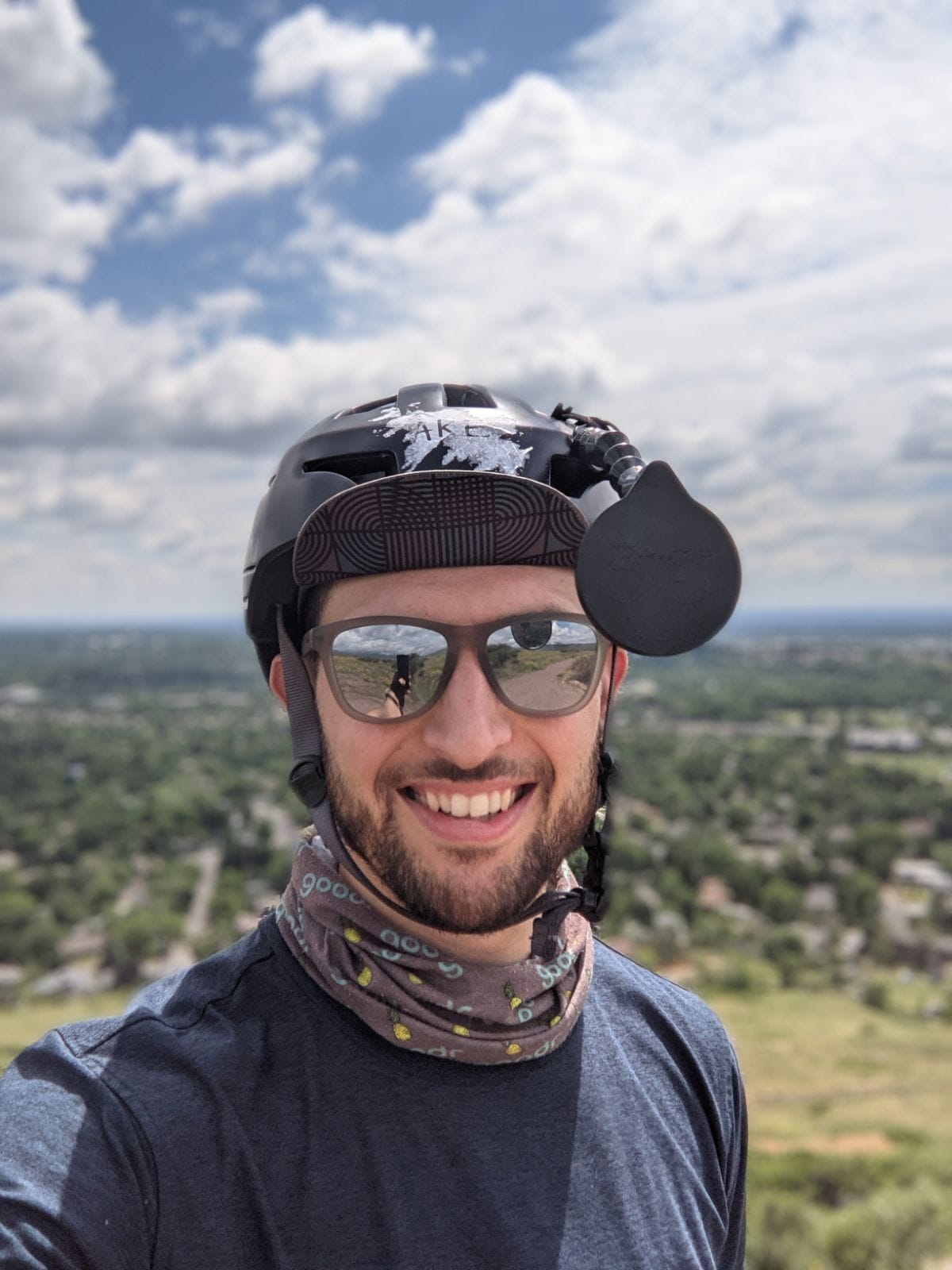
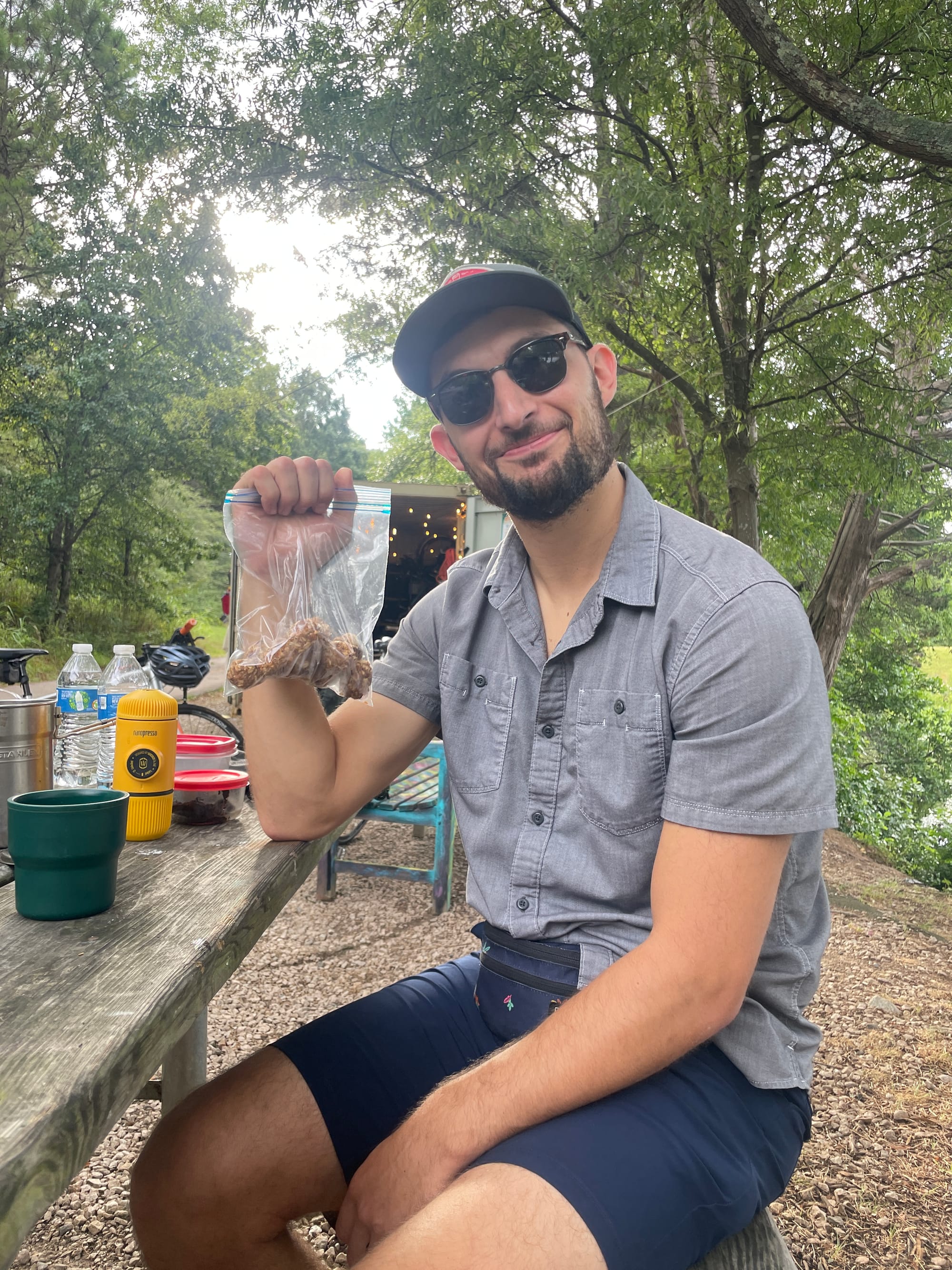
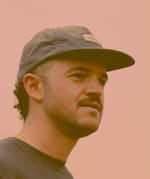
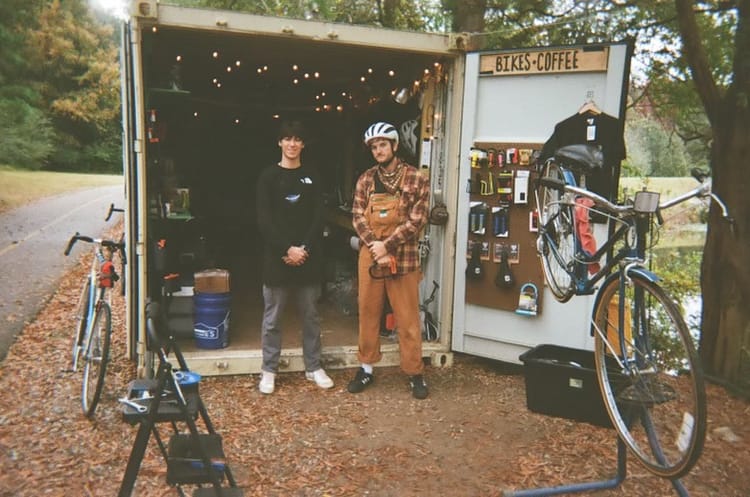
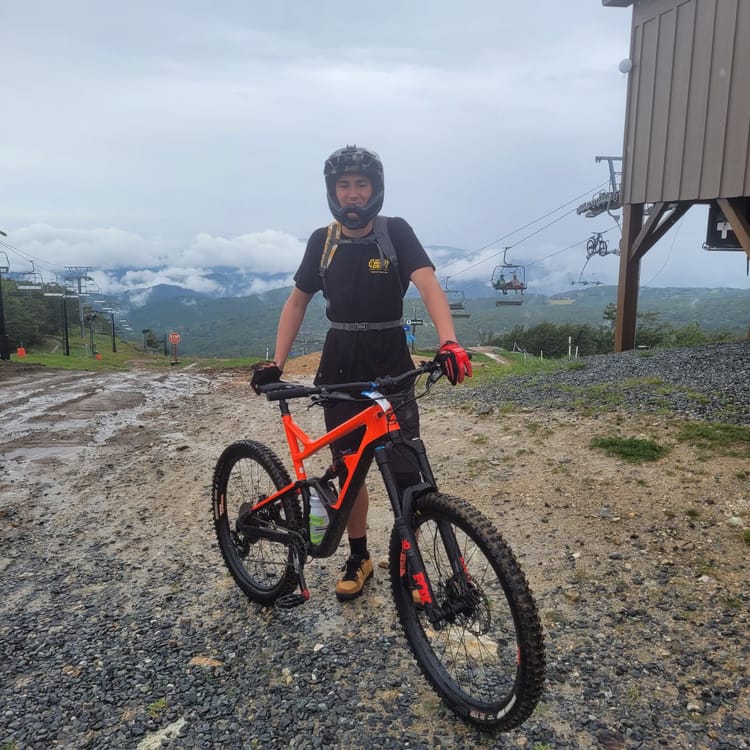
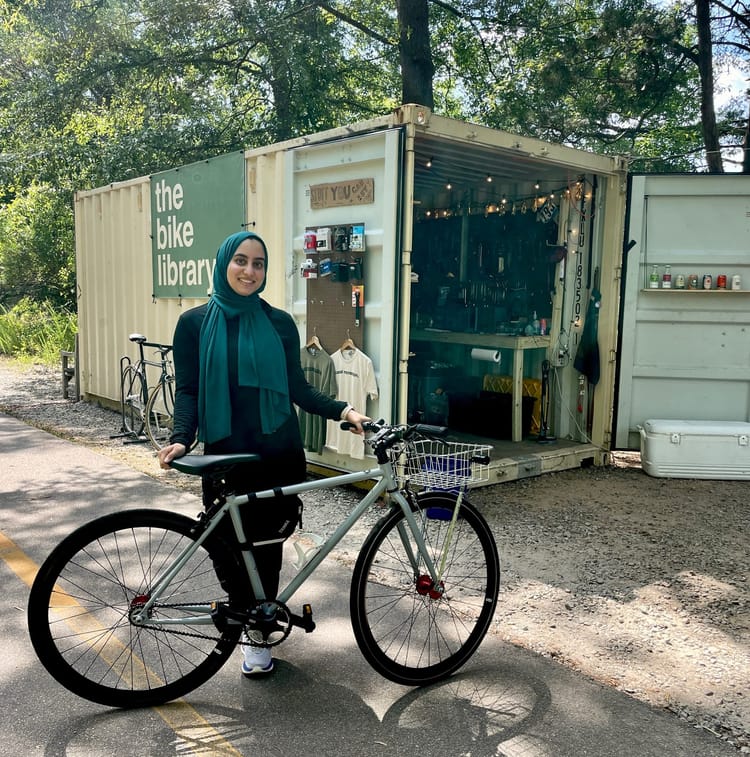
Comments ()